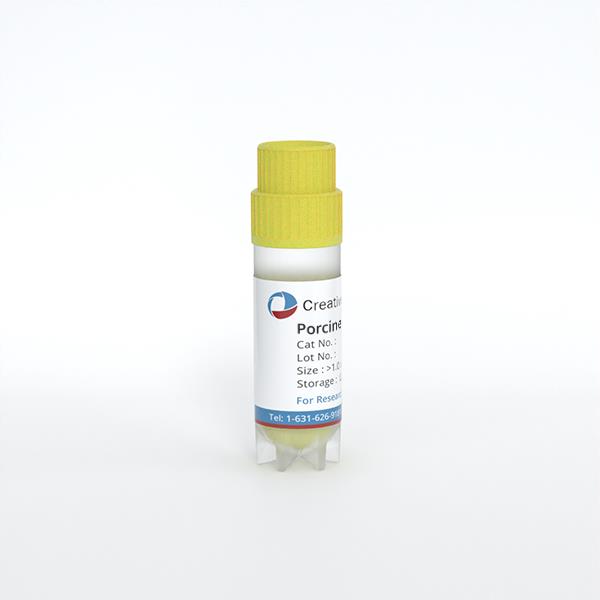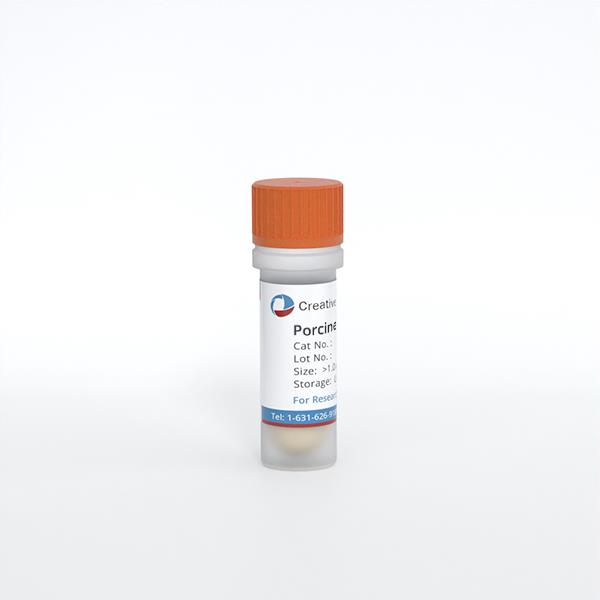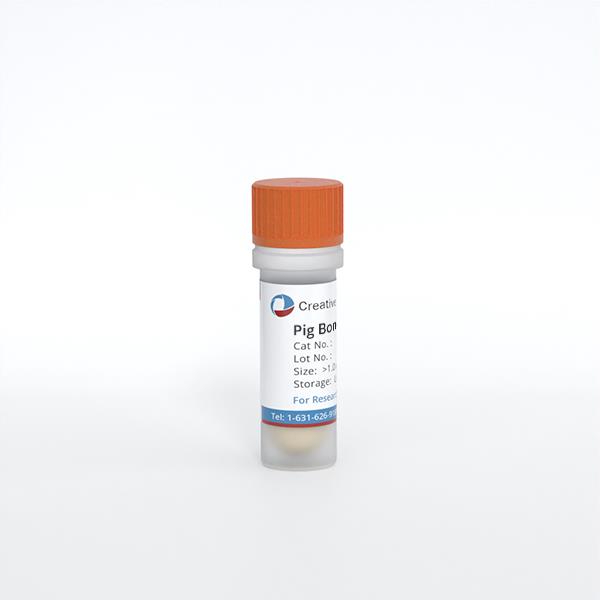
Porcine Esophageal Epithelial Cells
Cat.No.: CSC-C9244J
Species: Pig
Source: Esophagus
Cell Type: Epithelial Cell
- Specification
- Q & A
- Customer Review
There are many reasons for the appearance of precipitates in serum, but the most common cause is due to the denaturation of lipoproteins in serum, while blood fibrin (one of the proteins that form clots) is also present in serum after it has been thawed and is also a cause of precipitates. However, these flocculent precipitates do not affect the quality of the serum itself. To remove these flocculent deposits, the serum can be divided into sterile centrifuge tubes and centrifuged slightly at 400 g. The supernatant can then be added to the culture medium and filtered together. It is best not to use filtration to remove these flocculent sediments as it may clog the filter membrane.
Ask a Question
Average Rating: 5.0 | 1 Scientist has reviewed this product
Leading global innovation capabilities
The development of this product shows a global leadership in innovation and the products we use are the latest.
02 Apr 2023
Ease of use
After sales services
Value for money
Write your own review


